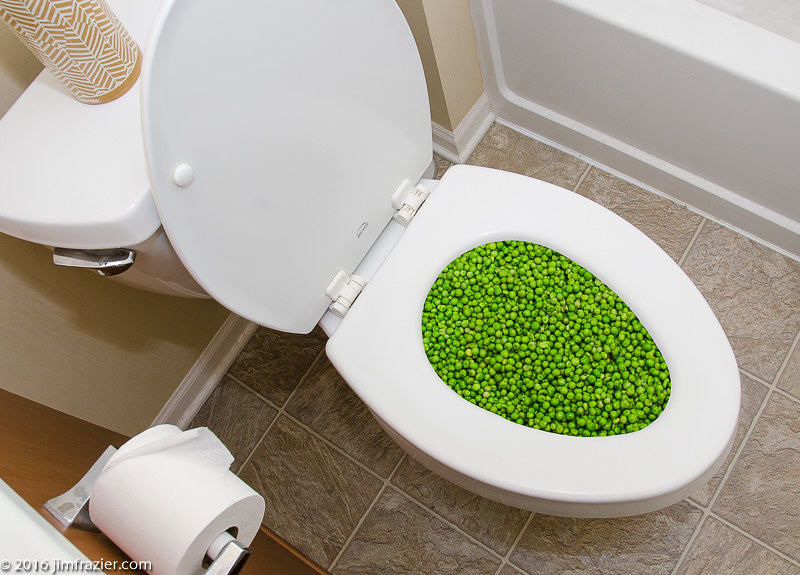Are You Able to Flush Food in the Toilet?
Are You Able to Flush Food in the Toilet?
Blog Article
This post in the next paragraphs about Is it safe to flush food (especially rice) down the toilet? is seriously fascinating. You should investigate for yourself.

Intro
Many individuals are usually confronted with the predicament of what to do with food waste, especially when it comes to leftovers or scraps. One common inquiry that emerges is whether it's all right to purge food down the bathroom. In this short article, we'll look into the reasons people could take into consideration purging food, the consequences of doing so, and alternative approaches for appropriate disposal.
Reasons why individuals might take into consideration purging food
Lack of recognition
Some individuals might not understand the potential damage caused by purging food down the toilet. They may mistakenly think that it's a harmless practice.
Convenience
Purging food down the bathroom may seem like a fast and very easy option to getting rid of unwanted scraps, especially when there's no neighboring garbage can offered.
Laziness
In many cases, people may just choose to flush food out of large laziness, without taking into consideration the repercussions of their activities.
Repercussions of flushing food down the commode
Environmental influence
Food waste that winds up in rivers can contribute to air pollution and harm water ecosystems. Furthermore, the water made use of to flush food can strain water sources.
Pipes issues
Flushing food can cause clogged pipes and drains, creating pricey plumbing repair work and troubles.
Sorts of food that ought to not be purged
Fibrous foods
Foods with fibrous structures such as celery or corn husks can obtain tangled in pipelines and create clogs.
Starchy foods
Starchy foods like pasta and rice can absorb water and swell, leading to obstructions in pipes.
Oils and fats
Greasy foods like bacon or food preparation oils must never ever be purged down the bathroom as they can solidify and trigger clogs.
Proper disposal techniques for food waste
Using a waste disposal unit
For homes outfitted with garbage disposals, food scraps can be ground up and purged via the plumbing system. However, not all foods are suitable for disposal in this way.
Recycling
Specific food product packaging products can be recycled, minimizing waste and minimizing ecological impact.
Composting
Composting is an environment-friendly means to get rid of food waste. Organic materials can be composted and made use of to enhance soil for gardening.
The importance of appropriate waste monitoring
Minimizing ecological damage
Correct waste management methods, such as composting and recycling, aid reduce air pollution and preserve natural resources for future generations.
Shielding plumbing systems
By preventing the technique of flushing food down the toilet, property owners can protect against pricey plumbing repair work and preserve the stability of their plumbing systems.
Final thought
To conclude, while it might be appealing to purge food down the toilet for convenience, it is essential to understand the potential consequences of this activity. By taking on appropriate waste administration practices and getting rid of food waste responsibly, people can contribute to much healthier plumbing systems and a cleaner environment for all.
FLUSH FOOD DOWN THE TOILET?
FLUSHING FOOD CAN CAUSE BLOCKED DRAINS IN YOUR HOME
All of the plumbing fixtures in your home are connected to the same sewer pipe outside of your home. This outdoor sewer pipe is responsible for transporting all the wastewater from your home to the Council sewer mains. Even small pieces of food that go down the kitchen sink can cause problems for your sewer. It should therefore be obvious that flushing larger bits of food, such as meat, risks a clog in either the toilet itself or the sewer pipes. Flushing greasy food is even more problematic because oil coagulates when it cools, coating the interior lining of your pipes.
THE TOILET IS NOT A BIN
Food isn’t the only thing that people shouldn’t be flushing down the toilet. People use the toilet to dispose of all kinds of things such as tampons, makeup wipes, dental floss, kitty litter and even underwear. Water goes to great lengths to educate residents about the high costs and stress placed on wastewater treatment systems simply from people flushing the wrong stuff down the toilet. It costs taxpayers millions of dollars each year, and homeowners thousands in blocked drain repairs.
FLUSHING FOOD IS A WASTE OF WATER
Flushing food is a waste of our most precious resource - water. In June this year Level 1 water restrictions were introduced to protect water supply from drought conditions. Much of New South Wales continues to be affected by prolonged drought with recent figures revealing up to 97 per cent of the state remains in drought. Depending on whether you have a single or dual flush toilet, every single flush uses between five and 11 litres of water. In the current climate this is a huge amount of water to be wasting on flushing food that should be placed in the bin (or better yet, the compost).
https://www.jabplumbingsolutions.com.au/blog/can-you-flush-food-down-the-toilet

We had been made aware of that write-up on Flushing Food Down the Toilet? from a friend on another web page. Sharing is caring. Who knows, you may just be helping someone out. We recognize the value of reading our article about What Can Happen If You Flush Food Down the Toilet?.
Book Appointment Now Report this page